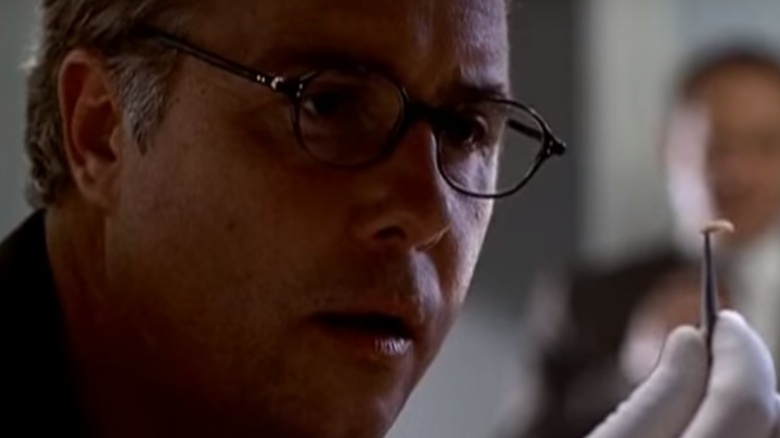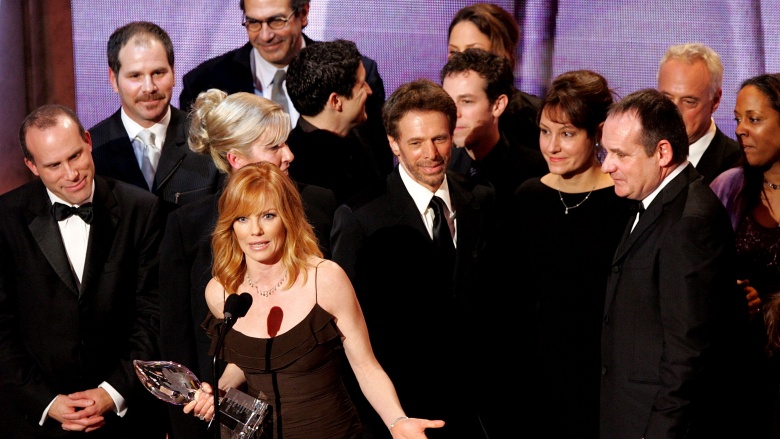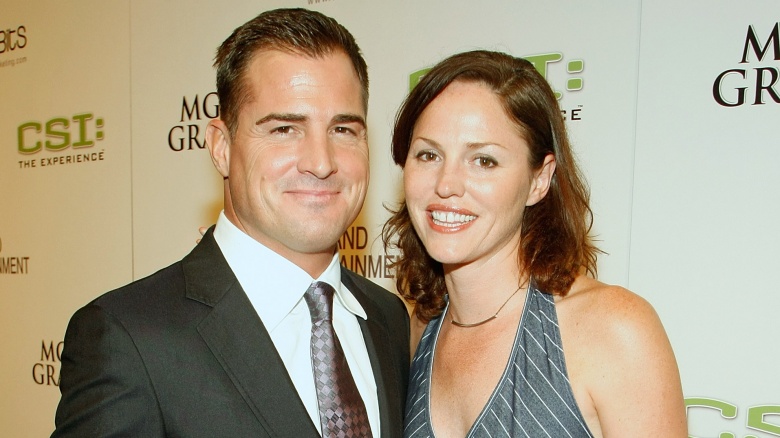The Untold Truth Of CSI
The CSI franchise was such a bona fide worldwide media sensation that it's still kind of hard to believe it's all over. Across four distinct shows spanning 16 years and 797 episodes, CSI entertained millions with the exploits of crack crime scene investigation teams from Las Vegas to Miami, on the trails of everyone from serial bombers to Taylor Swift. During the franchise's impressive run, shows under the CSI umbrella occasionally even had legitimate claims to being the most-watched in the world. (They have a Guinness World Record to prove it.) With the cancellation last year of CSI: Cyber, the franchise's storied winning streak is over—for now. Who knows if it will come back someday in some sort of 24/X-Files-esque revival? Until then, let's hit the replay button. There's a lot of history to unpack here, and it's time to investigate.
Nothing real about it
As fun as it is to play along with the show during its most exciting episodes, the lousy truth is that the science and procedural work it depicted was rarely exactly accurate. Tests that in the show were conducted instantaneously can take weeks to produce results in real life. Additionally, duties that the CSI squads assume on TV are often way, way out of the league of your typical real-life CSI, who is frequently a skilled civilian with no more legal authority than your average dame or fella on the street. Hey, no one ever said we were watching a documentary.
Real-world effects
One of the unexpected effects of the CSI franchise on audiences, and a classic case of fictional works having real influence in our world, was in its tendency to make jurors think they knew more than they really did when it came time to deliver decisions on criminal cases. (Again: CSI? Not a documentary.) It's a phenomenon that has come to be known as the CSI effect. When it comes to real-life crime scene investigation work—forensic work—the analyst can never be certain of a particular identification, no matter whether their field is fibers, fingerprints, or fraudulent handwriting. They use their experience and expertise to generate an expert opinion, but they can literally never be certain. It's the same principle behind why long-established truths like gravity are still called theories, because if we're being honest, we don't know—even if we are pretty sure. Well, it turns out that "pretty sure" isn't compelling enough for jurors swayed by the CSI effect. They want action, they want drama, they want Horatio to take off his sunglasses and put them back on and then for something to explode. They didn't really want CSI: Cyber that much, but that's okay, because it didn't really look like Academy Award-winning actress Patricia Arquette wanted it either.
There was behind-the-scenes drama...
It should come as no surprise that such a far-reaching franchise would have to endure a few behind-the-scenes flare-ups. Diehard fans surely noticed occasions when the writers went through contortions to justify a character's absence while an actor dealt with real-life drama—such as George Eads' leave of absence, which was sparked by a creative disagreement with one of the show's writers that turned ugly. At one point, Eads and co-star Jorja Fox were actually both fired from the flagship show, and Gary Dourdan, who played Warrick Brown, left after eight years under cloudy, "mutually agreed" circumstances. Eads and Fox got their jobs back in short order, but Dourdan wasn't as lucky, and the loss of his CSI gig started a long streak of legal troubles and bankruptcy. Which is particularly unfortunate, when you consider how the rest of the cast tended to turn out...
Some of the highest-paid stars in the world
The longer a show's on the air, the more its stars make. Contracts negotiated while a cast is full of relative nobodies eventually come up for renegotiation, and those former nobodies are now some of the most famous faces in the world. The outcome? Some of our favorite actors end up making downright absurd, sky-high amounts of cash to entertain us for an hour each week. The numbers can get truly mind-boggling. Take David Caruso, the infinitely memeable star of CSI: Miami, who was at one point walking out with $375,000 per episode. (Can you say YEAAAAAAAAAAAAAAAAAAAAAAAAAH?) Or Marg Helgenberger, who by 2010 was making the same amount, while relative newcomer to the franchise Laurence Fishburne was getting away with $350k. Over in New York, Gary Sinise was making $275,000 each episode, and Gary Dourdan...well, you already know how that all ended up.




